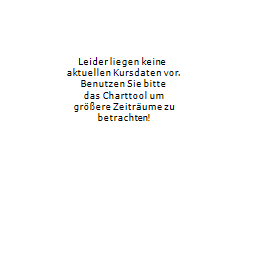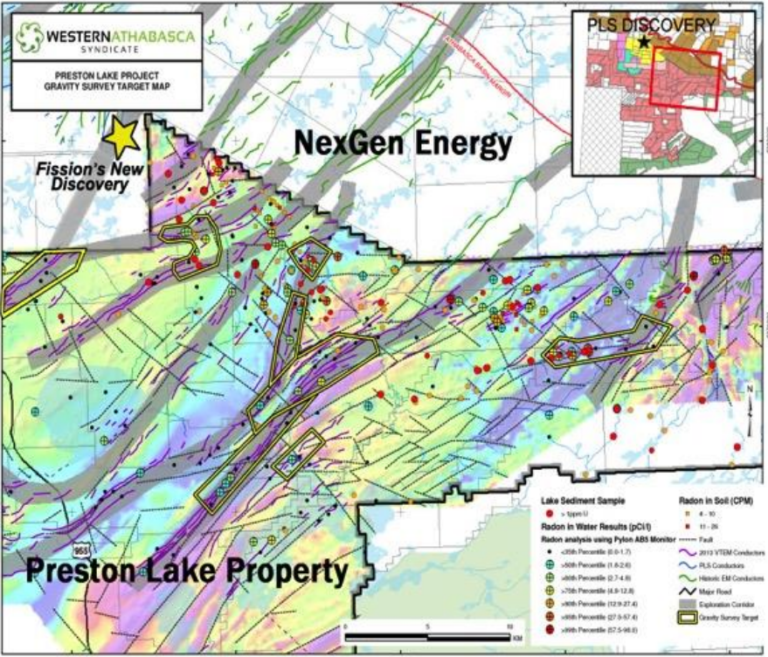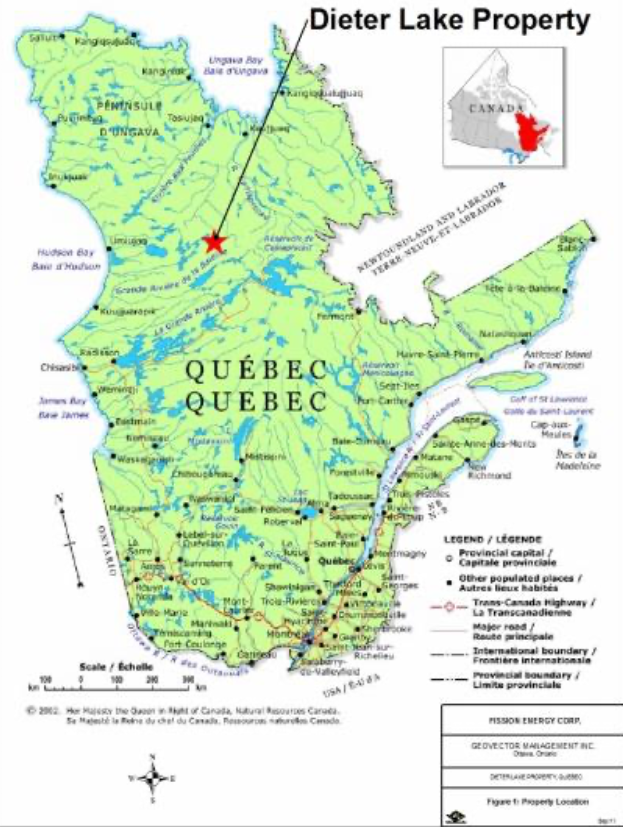
was spun out of Fission Energy b after a deal was made with Denison Mines Corp to acquire all assets except PLS. Ross McElroy joined Fission Energy and led the company's technical team to its first major discovery: the J Zone at Waterbury Lake in Saskatchewan's Athabasca Basin.Ī second discovery, at PLS in the Athabasca Basin, was made in November 2012. Under his leadership, Strathmore Minerals spun out Fission Energy Corp in 2008, and time Randhawa left Strathmore to run Fission Energy. Comments to meme-posts aren't regulated in any way apart from the applying rules.Fission's history can be traced directly to Strathmore Minerals Corp., a firm founded in 1996 by Dev Randhawa.Meme-posts under discussion-threads, DDs and news will be removed.If daily new meme-posts start to drown news, DD or similar, they will be removed.What does that mean? It means that we will remove Meme-Content based on the current ratio of valuable content and memes: If that humour starts to strip value from a post or from the community in anyway though, we will act accordingly. We are diverse and we also want to build a community with real people. Nevertheless, we aren't an academic ivory tower of old sages. This community offers a place for discussion. The information below can be summarized as: Don't post memes if it will make it difficult for others to reach and discuss important information. After several discussions we gathered some key points about Meme-Comments and Meme-Posts. This edict defines how memes are handled on this subreddit. Scholz to get back in touch with his bold side. On nuclear energy policy, the times call for Mr. Scholz has shown a tendency to oscillate between bold policy departures - he promised to boost German military spending - and reversion to caution he slow-walked weapons shipments to Ukraine.

Since Russia’s invasion of Ukraine threw Europe into crisis, Mr. This creates an opening for Chancellor Olaf Scholz, a Social Democrat he recently said that extending operation of the last three nuclear plants “might make sense,” pending a “stress test” of the facilities.

A survey this month found that only 15 percent support completing the phaseout this year, with 41 percent supporting an extension “for some months” and 41 percent favoring “long-term” continuation. A poll last month found that 70 percent of Germans favor keeping the nuclear plants in operation for at least some time past Dec. Fortunately, a new trend in German public opinion seems to be making it politically possible. Sebastian Mallaby: Germany is finally acting like Europe’s major powerįor all those reasons, it will be difficult for Berlin to do what is right and necessary now. Sign up for a weekly roundup of thought-provoking ideas and debates The Green Party, a key member of the current coalition government, grew out of the anti-nuclear movement in the 1970s. As that sequence of events suggests, Germans’ attitudes about nuclear power have been unusually and irrationally anxious even though in their country it has by and large compiled an excellent safety record. That was when the government then led by Chancellor Angela Merkel - reversing a promise on which she campaigned in 2009 - decided to zero out the reactors by 2022 in overreaction to a public panic over the Fukushima accident in Japan.


Then Berlin must find ways to increase its nuclear energy capability, which in March 2011 consisted of 17 reactors, producing one-quarter of all German electric power. As an initial step, that would mean keeping its last three remaining reactors, which still produce about 6 percent of the country’s total electricity, in operation past Dec. Never wise, this policy has been exposed as an outright disaster by the war in Ukraine and resulting abandonment of the fuel that was supposed to take nuclear’s place during the broader transition: Russian natural gas.įor its own sake and for the sake of the broader European economy, Germany must reverse course and retain nuclear power. In fact, a key aspect of the Energiewende is a total phaseout of this zero-carbon energy source by the end of this year. And yet the Germans have made everything harder for themselves by pursuing a carbon-free future without resorting to nuclear power. Germany has made significant progress, with 2021 emissions 38.7 percent below 1990 levels. Roughly translatable into English as “energy transformation,” the Energiewende has already cost Germany many billions of dollars cumulative investment in renewables is on course to hit $580 billion by 2025. Energiewende is the stereotypically polysyllabic moniker Germany came up with for its ambitious national policy aimed at reducing carbon emissions 65 percent by 2030 compared with 1990 levels, and 88 percent by 2040.


 0 kommentar(er)
0 kommentar(er)
